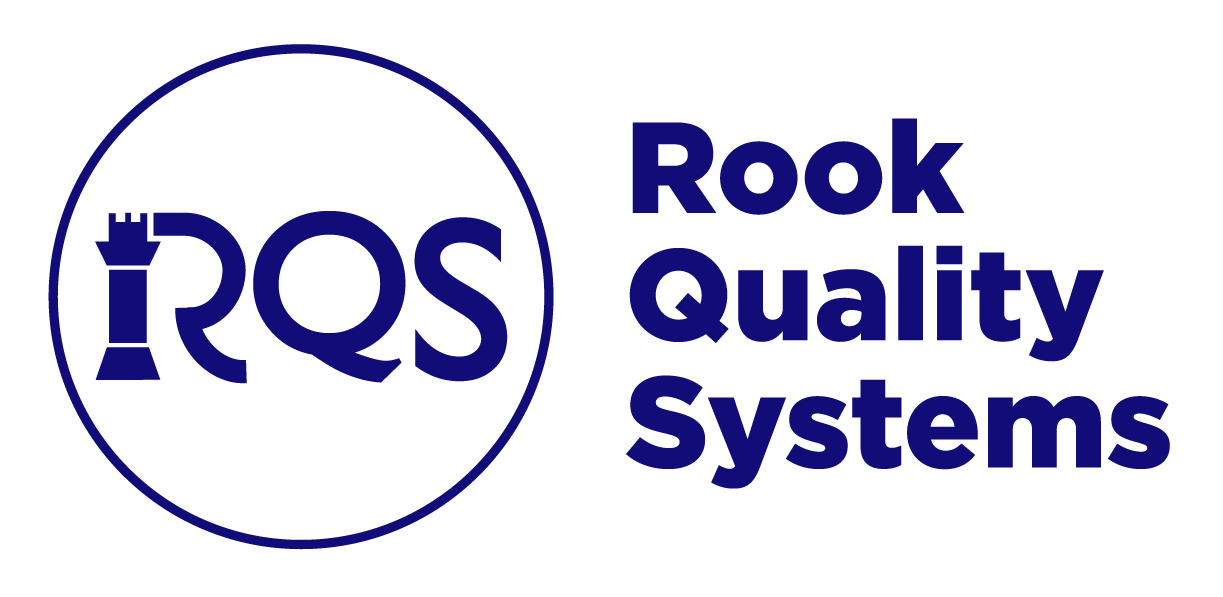Where does AI meet the Medical Device Industry?
Artificial intelligence (AI) is changing the world and the medical device realm, but in reality, it is a simple word: automation. In this blog post, we will explore the potential impacts of AI on the medical device industry and the potential regulatory evolution.
AI has the potential to transform the medical device industry by enhancing diagnosis accuracy, enabling personalized treatments, streamlining processes, mitigating costs, addressing the nursing shortage, aging population management, and chronic disease management. AI-powered medical devices have the ability to analyze vast amounts of patient data, and to provide healthcare professionals with more accurate diagnoses by detecting patterns, anomalies, and correlations in medical imaging, such as X-rays, MRIs, and CT scans, aiding in the early detection of diseases like cancer, cardiovascular conditions, and neurological disorders. Some examples are imaging systems for skin cancer, smart sensors that estimate the probability for a heart attack, monitor and deliver insulin to diabetic patients, and CT scans analyzed. There are no limits to AI capabilities, this technology is just getting started on its application and reformation of the healthcare industry.
What are the concerns with AI in the medical device industry?
AI-enabled medical devices play a pivotal role in generating and analyzing vast volumes of sensitive patient data. Consequently, ensuring robust security measures is of paramount importance. Compliance with regulations, such as the General Data Protection Regulation (GDPR) and the Health Insurance Portability and Accountability Act (HIPAA), is crucial in safeguarding patient privacy and upholding public trust in AI-driven medical devices.
Beyond data security, there are additional concerns surrounding the potential medical risks associated with these devices. There is a lack of trust in AI rooted in reproducibility and interpretability when involving patient treatment. Biased data are among the challenges that need to be addressed when concerning effective and accurate care. The Human-in-the-loop addresses these uncertainties giving that a human should have a decision in the treatment lifecycle even though a lot of processes are automated.
As AI becomes increasingly pervasive, important questions are emerging regarding its role. Will it act as a supervisory figure or a helpful assistant?
What does the future hold for AI regulation?
Prominent figures like Elon Musk are advocating for government regulations to govern AI systems. In light of these discussions, it becomes essential to examine how regulatory bodies are responding to the need for AI compliance and how they are evolving to meet future demands.
The FDA has cleared or approved several AI/ML-based SaMD with locked algorithms. Normally medical devices go through a strenuous screening process which requires the product development team to provide detailed documents for FDA reviewers. To provide sufficient evidence for AI/ML-based SaMD for approval the FDA is proposing the total product life cycle regulatory approach for premarket notification devices.This approach is conducive to the iterative environment being a continuous safety check pathway.
Other regulations such as the EU MDR commonly classifies AI as medium risk (Class IIa) and in most instances require the approval of a notified body. More information on the FDA’s regulation and viewpoint of AI is in QA/RA Implications of the New ‘Predetermined Change Control Plans’ Guidance Blog Post. Outside of the medical device industry, European lawmakers are working on passing the EU AI Act. The new law promotes regulatory sandboxes, or controlled environments, established by public authorities to test AI before its deployment.
Canada has proposed The Artificial Intelligence & Data Act (AIDA), which identifies, assesses, and mitigates risks of harm or biased output prior to a high-impact system being made available for use. This is intended to facilitate compliance by setting clear expectations regarding what is required at each stage of the life cycle. The following topics need to be documented include system design, system development, public availability, and supervising the system. Stay tuned for our upcoming blog post on ISO 34971 risk assessment on AI/ML devices.
Where to now?
AI stands as the forefront of innovation, propelling us into a future where machine learning takes over time-consuming, mundane tasks, making our world more automated. For those currently engaged in AI projects, it is crucial to familiarize your company with the regulations and processes set forth by governing authorities. This is just the initial phase of AI’s transformative impact on our world, paving the way for a safer and more effective future.
However, it is vital to acknowledge and address the challenges associated with data security, privacy, regulatory compliance, and ethical considerations. Rook can offer guidance with the regulatory pathway, good machine learning practice, harmonizing MLOPS with IEC 62304 activities, describing DevOps, considering datasets with a filter of quality, bias, separation plan, configuration management plan, and even post market activities; we can help you consider all of these factors during the design control phase. If you’re seeking guidance on AI development and approval, look to Rook for comprehensive solutions and expertise!
